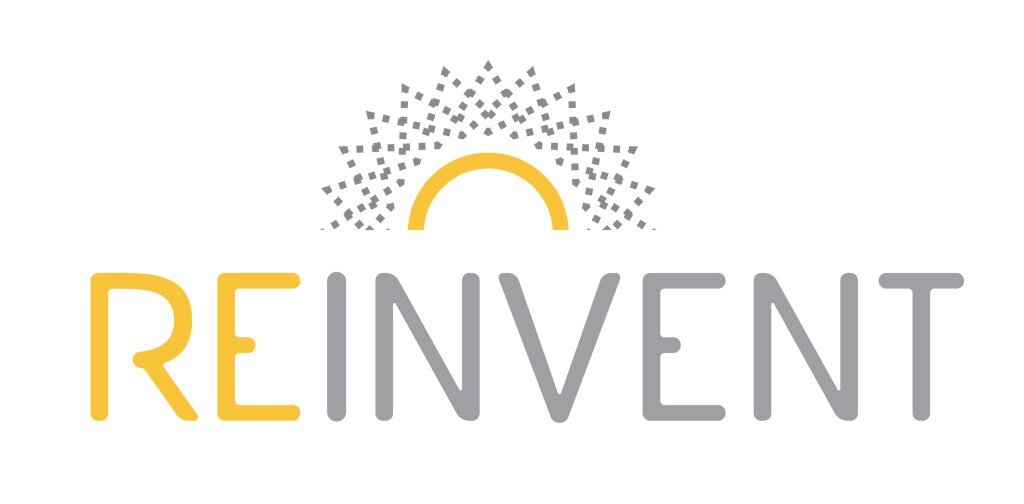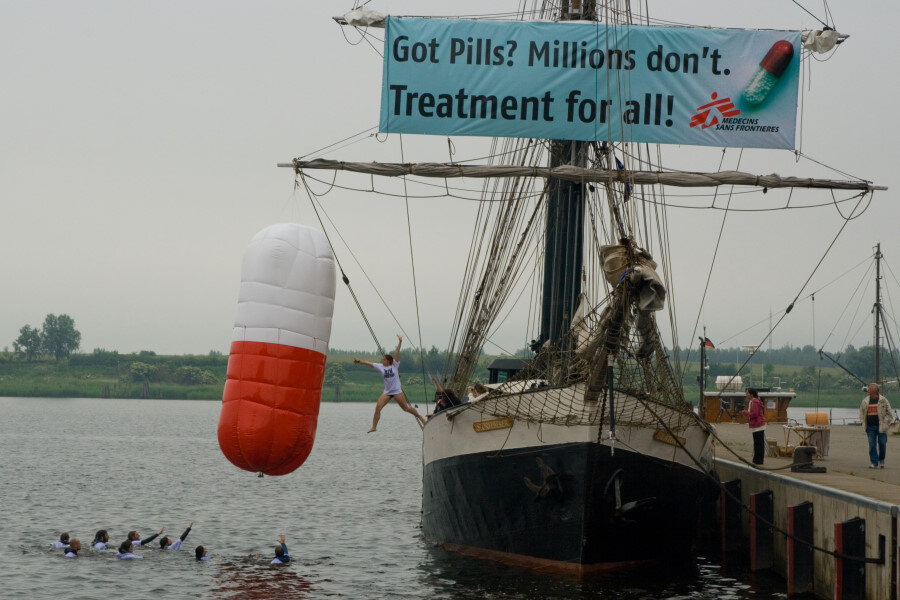Editorial
The Great Canadian Mental Health Disparity: Suicide Rates Among the Inuit
World Mental Health Day took place on October 10th, and offered us a chance to reflect on the mental health status of Canadians and our awareness of mental health issues. On September 22nd, Bell renewed its commitment to the well-known “Bell Let’s Talk” program for another five years with at least $100 million in total funding…
Nuclear Weapons and Public Health
The atom has proven to be the Dionysius of physics: in contrast with the beneficial applications of nuclear science in agriculture, medicine, and environmental studies, atomic weapons inflict bacchic chaos on their possessors and their victims…
Addressing Global Mental Health: The Role of Sustainable Development Goals
On September 25, the United Nations voted unanimously to enact the Sustainable Development Goals (SDGs). “Transforming our world: the 2030 Agenda for Sustainable Development” officially comes into effect on 1 January 2016, essentially replacing the Millennium Development Goals that expire later this year…
Jumping on the Global Mental Health Bandwagon? Injustices Preventing the Reduction of the Mental Health Treatment Gap
Global Mental Health is defined as a field which “aims to improve treatments, increase access to services, and reduce human rights abuses of people experiencing mental disorders” 1. Many countries have become increasingly interested in Global Mental Health issues and have consequently attempted to place mental health at the forefront of practice and politics…
REINVENT: A Conference on Neglected Diseases
On October 2nd, the REINVENT conference on neglected diseases (NDs) took place at the University of Toronto. Eschewing the traditional focus on purely biomedical solutions, the interdisciplinary conference deconstructed notions that neglected diseases can be resolved with basic science research and donor generosity alone…
Combining Epidemiological and Market-based Approaches to Increase Access to Antifungals in Sub-Saharan Africa
Today’s capitalist global economy has perpetuated the serious disparities in healthcare delivery between the rich and poor. Within this economic system, market forces are a greater determinant of medical resource distribution than actual health needs. This imbalance represents a significant barrier to the provision of equitable access to medicines…
But is it Safe?
Deadly, dangerous, ineffective, unproven: four terms that no one wants to read on the back of their bottle of medication. Pharmaceutical manufacturing is the most profitable industry in the United States…
Needed – A Tommy Douglas for Dental Health
Canadians owe much to Tommy Douglas – a fierce leader who fought to establish a universal health care system in Saskatchewan and later have it spread across the country. Our universal health care system is a source of national pride for many Canadians – yet it is not as comprehensive as we imagine it to be…
The Sight of Sight For All
For one who is poor, for one who lives under $2/day, for one who has to work every day to feed the family, blindness equals death … With several competing priorities, there is a severe lack of facilities to treat the poorest of the poor for blindness at an affordable price.
The Sick and Their Sponsors: Who Brings Patients’ Rights to the Policy Table?
Millions of people face steep barriers to receiving treatment for a wide range of diseases – from non-communicable diseases to AIDS. For many, the cost of treatment is an insurmountable obstacle that leads to preventable deaths…
Our Sacrifice to Live: Ramifications of the Haber-Bosch Process
In 2011, the earth’s population reached 7 billion. Since 1950, that number increased by 4.5 billion. That’s four and a half billion additional mouths to feed and lives to support. As our population grows, our demand for resources increases…
Combating Obesity
Society’s ideal body shape and size has shifted tremendously over the centuries. Throughout human history, the ideal body was more ample and stout than today’s athletic and slim ideal…
Political Ideologies, Institutions, and Health: The Role of Privatization
When illness befalls us, we refer almost instinctively to questions concerning our diet, exercise, or who we last made contact with. Our search for its treatment then immediately turns to doctors and medication…
Syrian Healthcare Crisis: A Downward Spiral
As the Syrian conflict enters its fifth year, with no resolution in sight, and the international community continuing to debate the best course of action, a severe healthcare crisis continues to escalate both in and around the war-torn country…
The Power Is In Our Hands: Fetal Heart Monitor Uses Human Energy to Save Lives
Four million newborn deaths occur in developing countries every year, where access to health care can be low or, in some cases, virtually non-existent. Furthermore, of all child deaths under the age of 5 that occur annually, nearly 40% are among newborns during their first 28 days of life…
Climate Change: Our Obligations for Global Health
There is significant and increasing evidence that climate change has serious effects on health that will only exacerbate with time. The spread of vectors, such as mosquitoes and deer ticks, increases the occurrence of vector-borne diseases. More frequent extreme weather events cause accidents and injuries that tax our healthcare systems…
Introducing Vaccines: Beyond the Rhetoric
Introducing vaccines in low and middle income countries (LMICs) is a significant challenge. Besides the obstacle posed by the costs of procuring new vaccines, there are the logistical challenges of prepping existing infrastructure and prioritizing interventions to make the best of limited resources…
PEACH Program Provides Compassionate Palliative Care for City’s Homeless
On any given night, over 30,000 people are homeless in Canada with 2,880 unsheltered outside in cars, parks or on the street, 14,400 staying in emergency shelters, 7,350 staying in shelters for violence against women, and 4,464 people in temporary institutional accommodations such as hospitals, prisons or interim housing…
Tackling HIV/AIDS: One Condom at a Time
The medium is the message. While walking by the Medical Science building or Gerstein Library, you might have noticed a large board spelling out the word “HIV”. But this isn’t just any old promotional poster. It is an art installation entirely made out of condoms.
Reflections on the Ontario Model World Health Organization
I understood from a very young age that we have yet to find cures for some diseases. What I could not understand was why we had not cured hunger. We know how to fix it, and we can. Yet, hunger and malnutrition persist around the world…




















